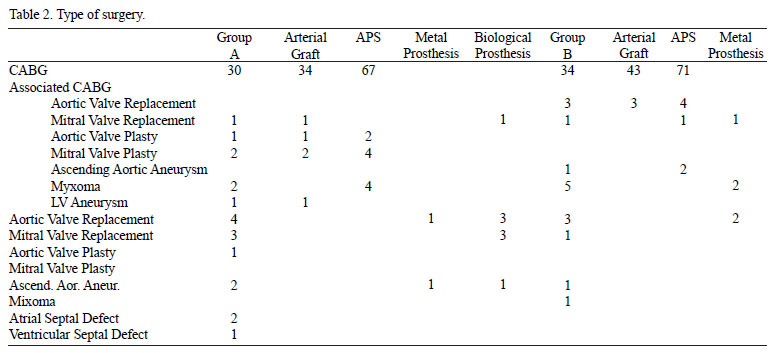INTRODUCTION: The use of cell saver (CS) in cardiac surgery is proposed to reduce the use of units of packed red blood cells stored (URBC), which increases morbidity, mortality and causes inflammatory reactions. OBJECTIVE: The objective is to evaluate whether the use of CS decreases the use URBC, is cost /effective and beneficial to the patient. METHODS: In a prospective study, between November 2009 and October 2011, 100 consecutive patients who underwent cardiovascular surgery with CPB, hemodilution and hemofiltration, were enrolled. Patients were divided into group 1 (no CS) and 2 (CS). The criteria for the replacement of RBC were hemodynamic instability and hemoglobin (Hb) <7-8g/dl. Demographic data, as well as Hb and hematocrit, mediastinal drainage, number of URBC and CPB, ICU and hospital time, were analysed. RESULTS: In groups 1 and 2 the average age was 64.1 and 60.6 years; predominantly male; the logistic EuroSCORE 10.3 and 9.4; mortality 2% and 4%. Group 2 had a higher incidence of reoperations (12% versus 6%), but the average of URBC used (4.31 versus 1.25) and mean length of hospital stay (10.8 versus 7.4 days) was lower. Univariate and multivariate analysis, were performed, which showed no statistically significant values, except in the use of URBC. The relationship between the CS and the cost of RBC was not cost /effective and length of stay was shorter. CONCLUSION: The use of CS decreases the number of used URBC, is not cost /effective but has shown benefits for patients.
Operative blood salvage; Blood component transfusion; Cell separation





